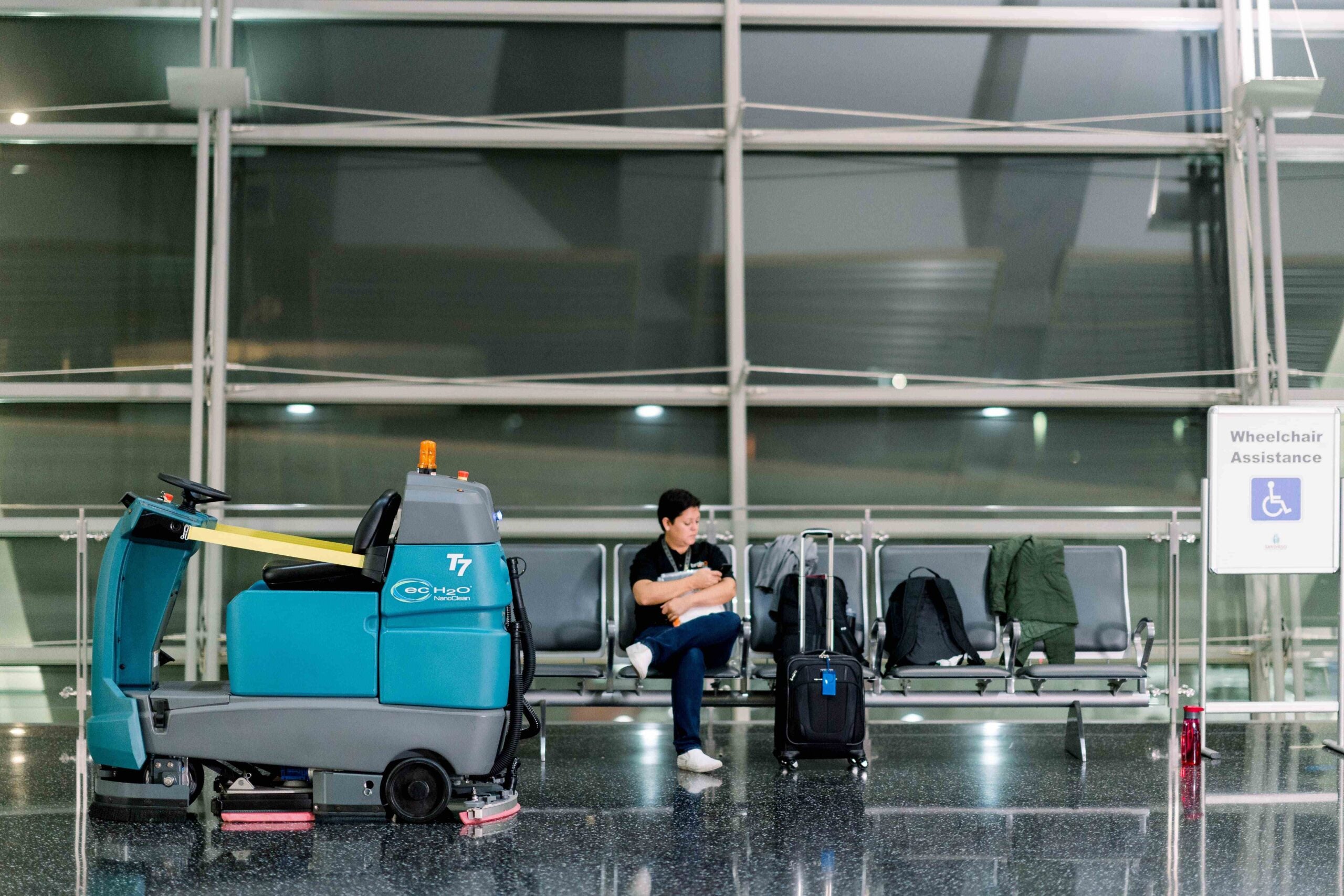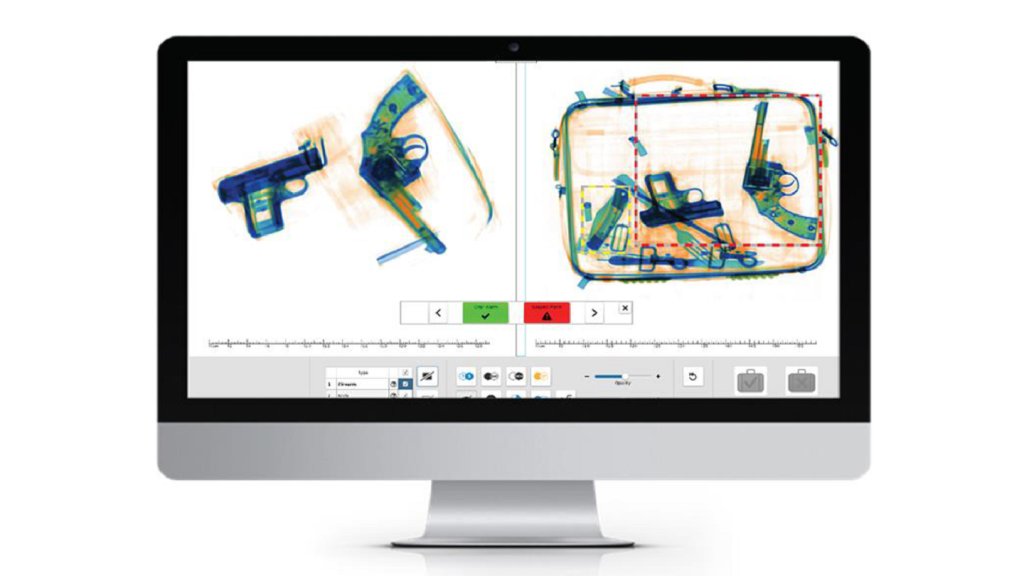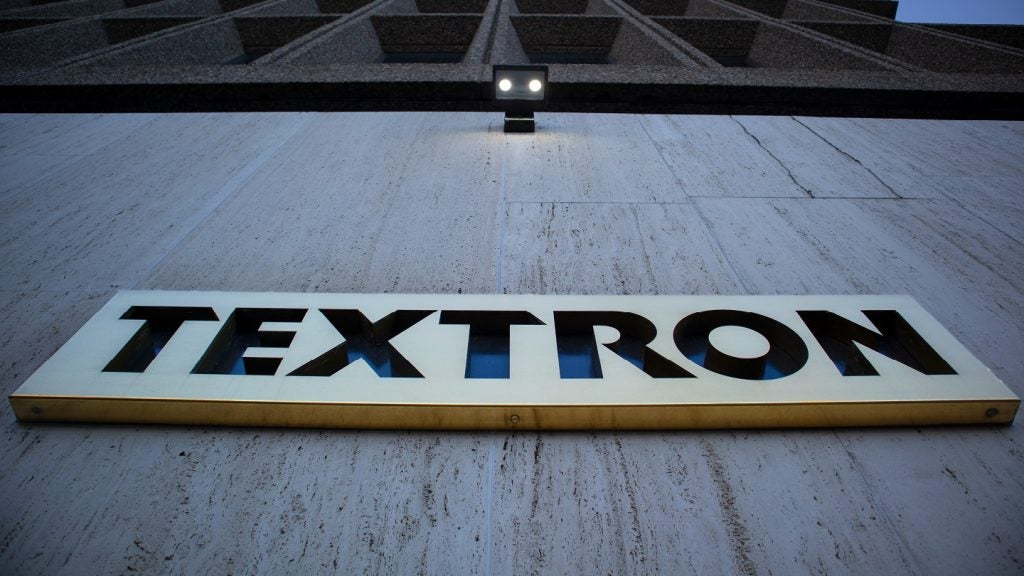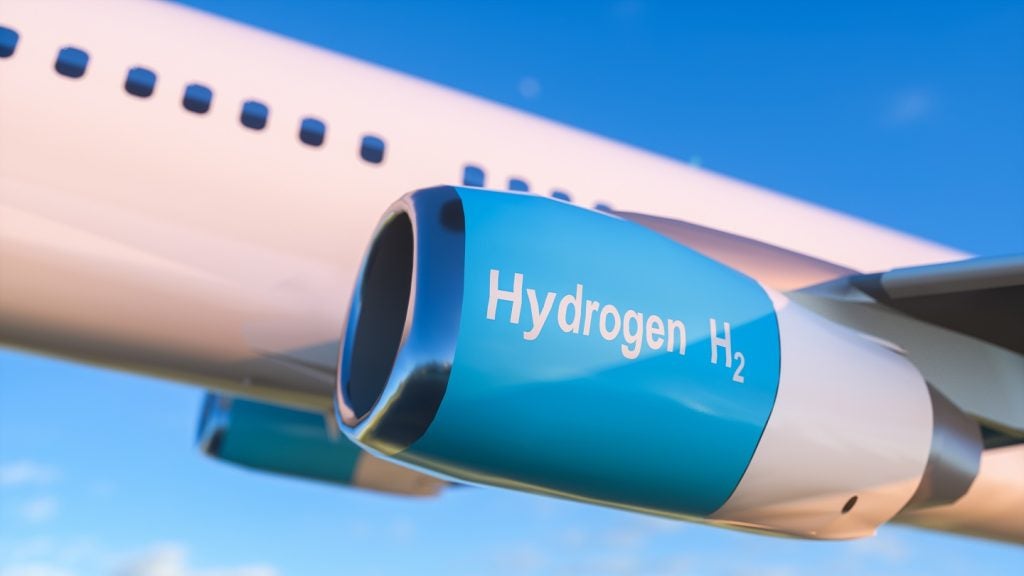
Michel Spruijt is vice-president and general manager of Brain Corp Europe, where he is responsible for partner support, team expansion and the oversight of general operations throughout the region.
Julian Turner (JT): What is Brain Corp and when did it begin to develop autonomous robots?
Michel Spruijt (MS): Brain Corp started life in 2009 as a consultancy within Qualcomm. The company had been working as a consultancy advising on artificial intelligence (AI) and robotics for five years when, in 2014, our CEO Eugene Izhikevich decided to follow his dream – building brains for robots.
Brain Corp identified where brains for robots, and robots in general, could have the biggest impact in the marketplace and focused on the cleaning industry, a traditional sector but one that was also ripe for change and innovation – and in 2016, the company brought its first robot to market.
In 2017, a significant investment by Qualcomm and SoftBank helped Brain Corp scale up from 35-40 people to more than 300 at present. Later that same year Walmart decided to implement robots in its stores in the US, and in 2019 Brain Corp expanded into Europe.
JT: How does the AI software that powers the autonomous robots work?
MS: Brain Corp cleaning robots are powered by our pioneering BrainOS® software platform and use a ‘teach and repeat’ method. The cleaning operator will clean as normal, the machine will remember how that is done, and then when it repeats the task it learns to avoid static and dynamic obstacles.
How well do you really know your competitors?
Access the most comprehensive Company Profiles on the market, powered by GlobalData. Save hours of research. Gain competitive edge.

Thank you!
Your download email will arrive shortly
Not ready to buy yet? Download a free sample
We are confident about the unique quality of our Company Profiles. However, we want you to make the most beneficial decision for your business, so we offer a free sample that you can download by submitting the below form
By GlobalDataEvery 6–8 weeks, we launch new software for the machine with new enhanced features that improve the performance. Robots are getting better all the time. A customer will buy a machine today and in six months it will perform differently; the cleaning quality remains the same, but the way it behaves in public environments will be optimised.
For example, one customer reported that the robot stopped working at the same point every time, so we examined the data and found that the machine was passing an open door and the wind was stirring up dust particles. The robot was seeing ghost pixels and so stopped.
Even with something as minute as dust particles, the machine put safety first; that is always our first priority in public spaces.
JT: Why particular benefits do Brain Corp robots offer airports?
MS: Brain Corp operates in sectors where there is a lot of dynamic movement, such as retail stores, malls and schools.
In all these environments, where there is a lot of floor space to clean, the robots are designed to do the heavy lifting, meaning people don’t have to spend long periods sitting on a scrubber-dryer running the same routes and are instead freed up to perform more important tasks.
In airports, in the piers there is a lot of this type of repetitive work going on, meaning it is very easy to deploy a robot in this scenario. Despite Covid-19, we have still managed to deploy a couple of robot units to airports in Europe and they really saw the benefit. They allow staff to clean more important high-touch surfaces such as toilets, giving the public confidence that it is safe to travel.
JT: How do airports and passengers react to AI-powered machines in public spaces?
MS: When people see something moving around and they don’t know what it is or what its purpose is, they can initially get scared, but we really see our machines as ‘co-bots’ that work together with people. We have partnered with all the major original equipment manufacturers to really kick-start the robotics market space.
Brain Corp AMRs still need to be trained by a person. If, for example, the robot is stuck because the environment has changed, a person still needs to work with the machine get out of that situation.
Brain Corp’s approach is to adapt existing scrubber dryer machines and make them autonomous. The operators use the same machines and they clean the same way, but there is a robotic element.
Because the public is used to seeing these types of machines, they approach the robots, touch them to see what they do, even record them on their cell phones. They are curious, not fearful.
We have more than 15,000 robots enabled around the world, so we have a lot of machines and a lot of data out there. In the last 18 months in Europe, perception as changed. People were initially very sceptical, but today they are much more willing to integrate this technology into public environments.
JT: Will deploying robots inevitably result in redundancies among cleaning staff?
MS: One of the biggest challenges in the cleaning industry is the high staff turnover – anywhere from 30%–100% per year – and every time that happens new people need to be recruited and trained. The general workforce is also getting older and it will become increasingly difficult for companies to fill positions.
The world is changing – you can either run from that or try to implement technology in the best way possible to help people. People have seen it as an opportunity to enlarge their job; to go from being a cleaning operator to a robot operator adds a different dimension to their role and value to a team.
After the Covid-19 pandemic, cleaning is now more at the forefront of people’s minds and is much more visible. In a recent IATA Traveler Survey, 58% of respondents said that they have avoided air travel and 33% suggested they will avoid travel in the future. Even during the ‘new normal’, Covid-19 will remain in people’s minds – and cleaning will remain something that people value much more.
JT: How do you see autonomous robot technology evolving in the future?
MS: Liberating robots from tightly controlled environments will require better, ever-evolving automation technology, as well as improved data acquisition and analysis for proof of performance.
At Brain Corp, we have a cloud-based robot operating centre that gives airports data on how much and how long their robots have cleaned in autonomous mode. We also supply them with heat maps that show what areas have been cleaned and how. More and more airports will use this type of granular data to verify and optimise their cleaning performance.
In Europe — at Lisbon Airport, for example — we are at the beginning of adding robots to airports and in the next couple of years that will definitely increase. In terms of AI, we are looking to use AI-powered robots for deliveries in airports – moving trolleys from a storage area to a shop, for example. Again, this will free up staff and add value to their work.







